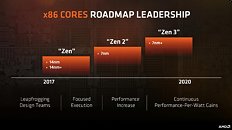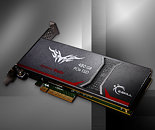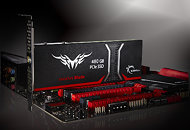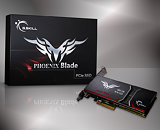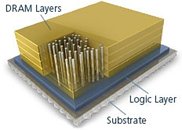
AMD to Build "Zen 2" and "Zen 3" Processors on 7 nm Process: CTO
AMD is in no mood to stick to the 14 nm process for as long as Intel has (building four performance x86 CPU micro-architectures on it). In an interview with EE Times, AMD CTO Mark Papermaster confirmed that the company's "Zen 2" and "Zen 3" CPU micro-architectures will be built on the next-generation 7 nm silicon fab process. Transition to the 7 nm process is not as straightforward as optically shrinking your chip designs and shipping them over to your foundry. Apparently it requires big technical changes for the chip design teams, which AMD feels are better executed while it's still riding on the success of its current "Zen" architecture.
"We had to literally double our efforts across foundry and design teams…It's the toughest lift I've seen in a number of generations," said Papermaster. He added that the 7 nm node requires new "CAD tools and [changes in] the way you architect the device [and] how you connect transistors-the implementation and tools change [as well as] the IT support you need to get through it." Papermaster predicts that 7 nm will be a "long node like 28 nm" in that chip designers will have to build several refinements to their designs on the node before the newer 4 nm node could be heralded. He urged semiconductor foundry companies to introduce EUV (extreme ultra-violet lithography), a technique used to etch transistors and circuits at the infinitesimally small 7 nm node, as soon as possible, so AMD could have more options at manufacturing its next generation processors.
"We had to literally double our efforts across foundry and design teams…It's the toughest lift I've seen in a number of generations," said Papermaster. He added that the 7 nm node requires new "CAD tools and [changes in] the way you architect the device [and] how you connect transistors-the implementation and tools change [as well as] the IT support you need to get through it." Papermaster predicts that 7 nm will be a "long node like 28 nm" in that chip designers will have to build several refinements to their designs on the node before the newer 4 nm node could be heralded. He urged semiconductor foundry companies to introduce EUV (extreme ultra-violet lithography), a technique used to etch transistors and circuits at the infinitesimally small 7 nm node, as soon as possible, so AMD could have more options at manufacturing its next generation processors.




